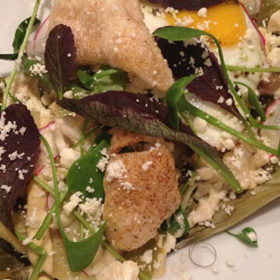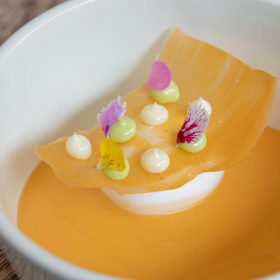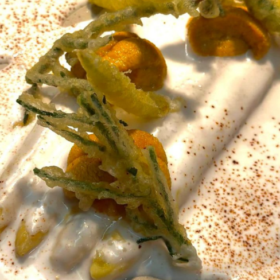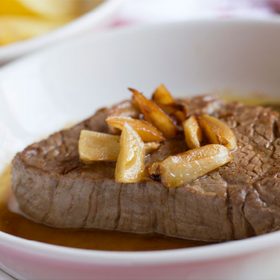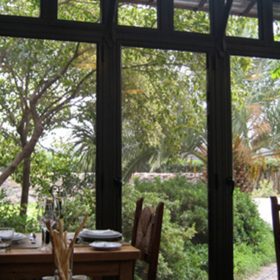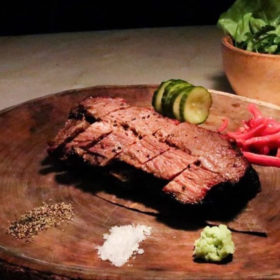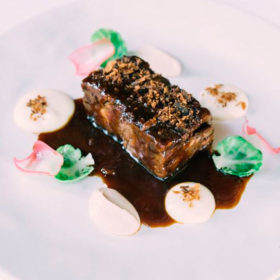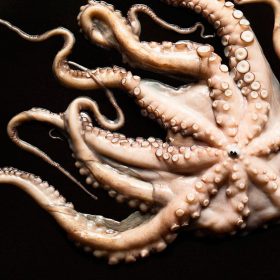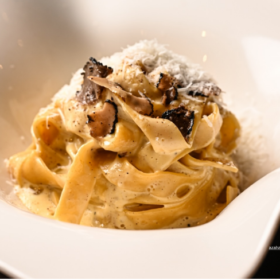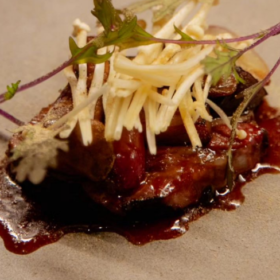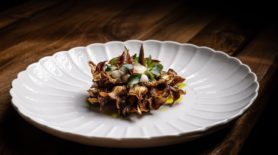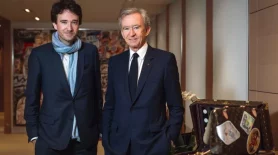Pierre Bergé, Yves Saint Laurent’s co-founder
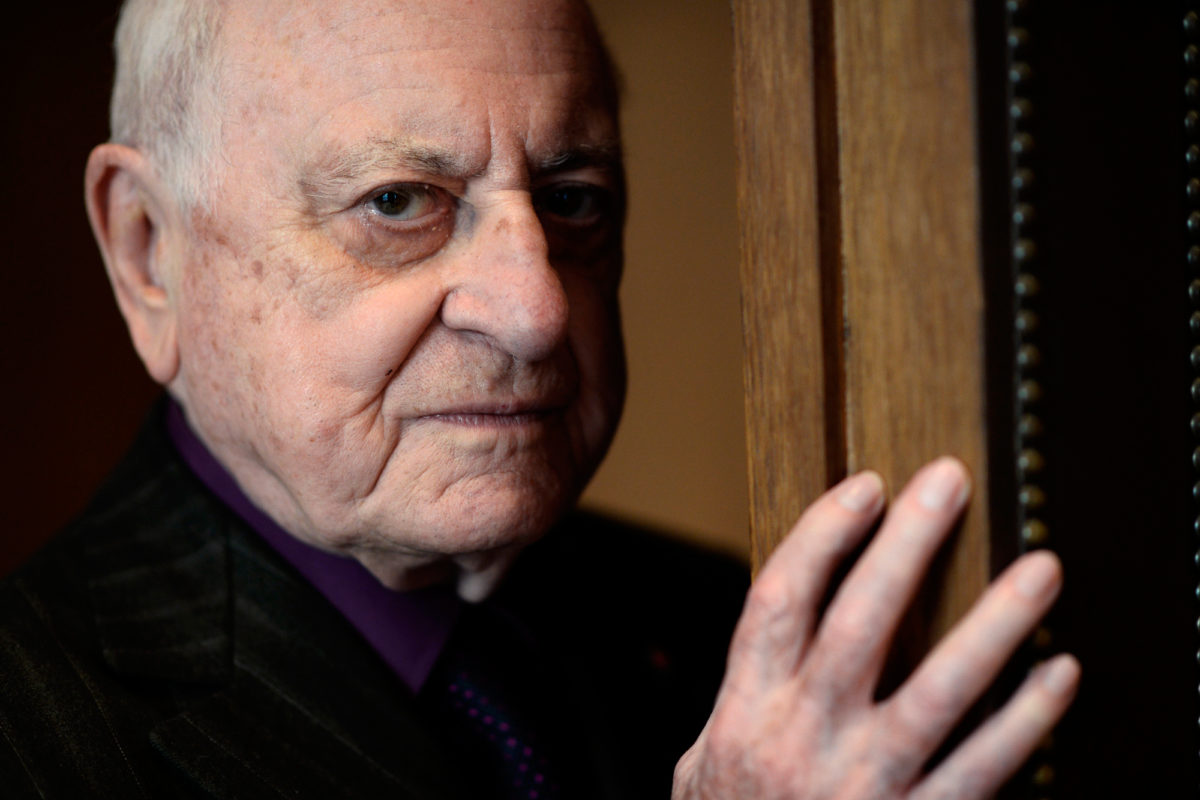
Bergé complemented the eponymous founder of the great fashion house just so. He died on September 8th
AS THE one-time lover and lifelong business partner of Yves Saint Laurent, Pierre Bergé was Diaghilev to Saint Laurent’s brilliant Stravinsky. Demanding, small of stature and in possession of a filthy temper, he was, to some, quite terrifying. Yet he was also a bold and successful businessman, a noted art collector, a generous patron and philanthropist and a capable administrator. He had a profound belief in the importance of the creative impulse.
Mr Bergé, who died on September 8th, was a social liberal and a political conservative, a mover in the circles of state-funded culture. He voted for Valéry Giscard d’Estaing, the centre-right president, in the election of 1981, but went on to flourish under the winner and Mr Giscard’s successor, François Mitterrand, a socialist. The president made him head of the Opéra National de Paris in 1988; he oversaw the building of a new opera house at the Place de la Bastille in Paris, in honour of the 200th anniversary of the French revolution.
He met Saint Laurent in Paris in 1958, three years after the designer had been taken on by Christian Dior. The two men could not have been more different: Mr Bergé was stocky where Saint Laurent was as thin as a reed. Mr Bergé was energetic, opinionated, and liked good food, wine and conversation. He had grown up in a family that did not care that he was gay. For Saint Laurent, who grew up in French Algeria, being gay was deeply embarrassing to his conservative father. Six years younger than Mr Bergé, Saint Laurent was exceptionally shy and, although a brilliant designer, needed constant care and reassurance. In fashion lore, it was a coup de foudre: love at first sight. Though their romantic relationship came to an end in 1976, when Saint Laurent retreated into drugs, alcohol and reclusiveness, the professional partnership between the two men continued for years afterwards.
The fashion house needed both men to survive. The financial backers who took charge of Christian Dior after the acclaimed couturier died in 1957 proved obdurate, as did the house’s older, conservative clients. The young Saint Laurent felt shackled. So in 1961 Mr Bergé sold his flat on the Île Saint-Louis and the two men set up in business as Yves Saint Laurent (YSL). Thirty years later, in the depths of recession, he asked Wasserstein Perella, a boutique investment bank, to find a buyer for YSL, asking for $1bn in cash.
In the meantime, the two had become important collectors. Decorating a magnificent duplex in Rue de Babylone (one of the most beautiful private apartments in Paris), a chateau in homage to Proust in Normandy, and Villa Oasis, their mansion retreat in Marrakech, gave Mr Bergé and Saint Laurent the excuse to begin collecting art and antiques. In February 2009, eight months after Saint Laurent’s death, Mr Bergé sold the lot: the three Mondrian paintings bought to celebrate the launch of Saint Laurent’s iconic shift dress, the Eileen Gray chair (a modernist icon) and the magnificent silver-gilt ornaments made in northern Germany in the 17th century. The sale raised €374m ($448m): Mr Bergé divided the proceeds between various AIDS charities and a plan to build a museum in homage to Saint Laurent.
That project, which will be unveiled next month, turned out to be two museums. The first will be in Paris, where the two opened their fashion house, and the second will be in Marrakech, their spiritual home. Between them the two museums will house 7,000 textiles, 8,000 sketches, 8,000 accessories and 15,000 documents: in all 38,000 objects that the two men collected obsessively. They always knew they would one day build a museum to the designer, the first of its kind in the world.









